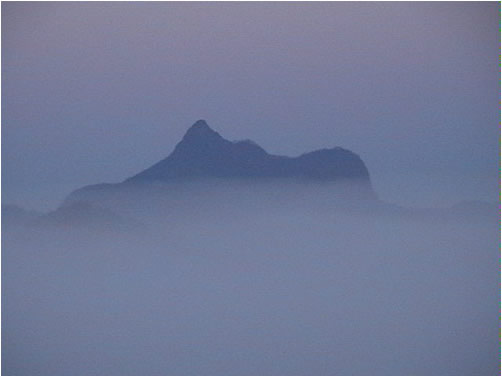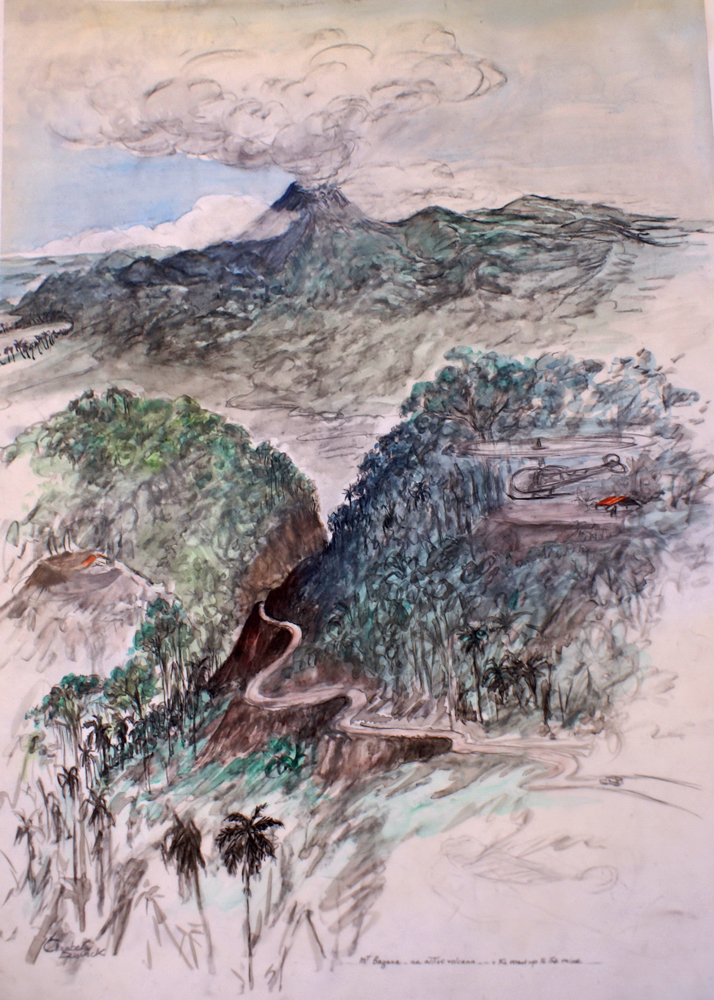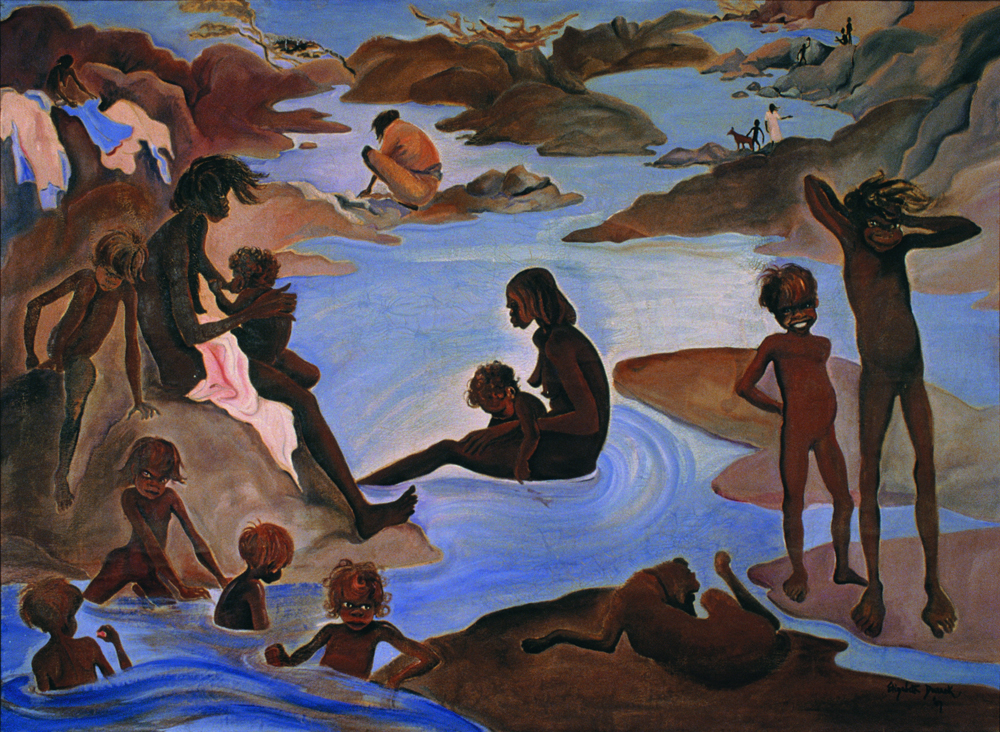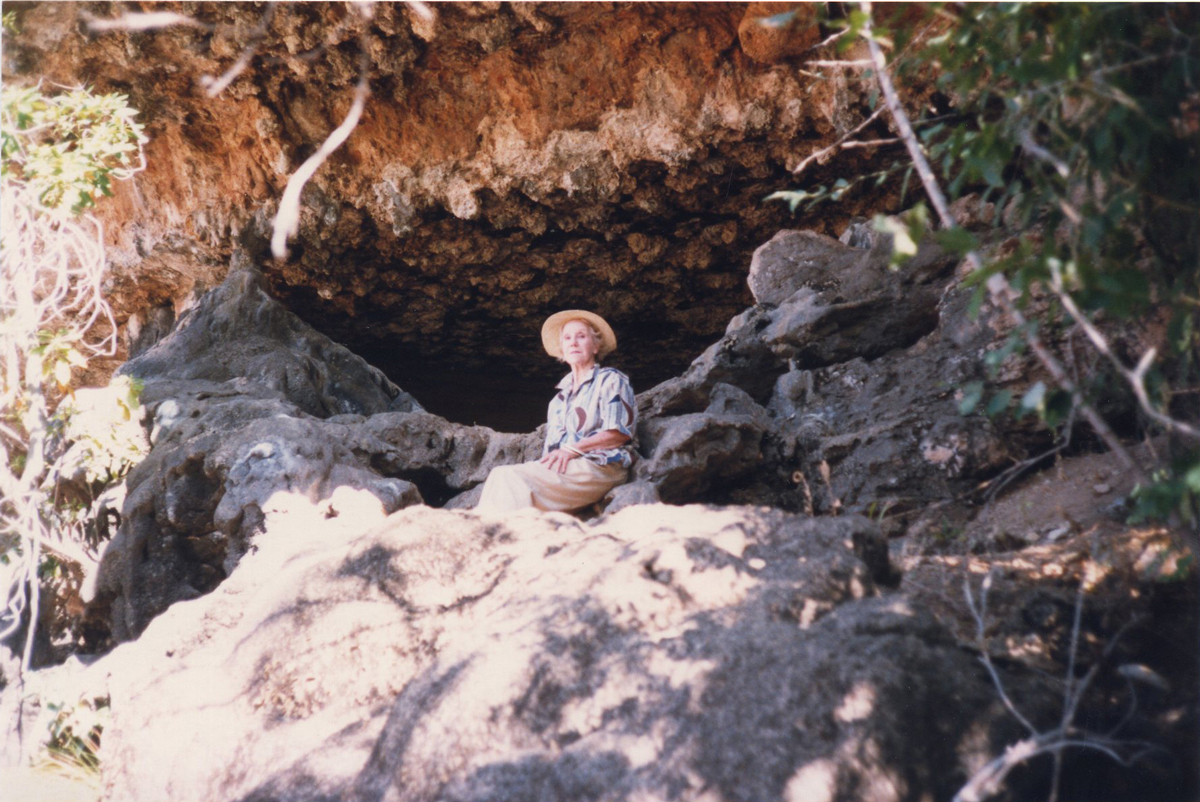 |
| Mt Warning - a memorable landmark which can be seen from the Pacific Hwy - was barely visible yesterday driving along in heavy rain |
Our State's Premier Anna Bligh appeared shaken this morning when presenting current facts on the news... as if stripped to her most human level of being ... nothing of the practiced politician was evident. One saw the gravity she's been hit with. Politics washed away for the moment and utter humanity in its place. There is that mood here at present. It can be a little hard to think of much else. We who feel safe cant help but wonder at this time...
I went down to my local shops on Racecourse road and chatted to various people... everyone very sad for the loss of life. One wonders about contributing.... giving money yes.. but what else helps I pondered... Lots to think on.
One thing that did come to mind were the words used in the post title..."a wilful, lavish land" ... a line from the very well-loved populist verse "My Country" written by Dorothea Mackeller .
From Wikipedia: "My Country" is an iconic patriotic poem about Australia, written by Dorothea Mackellar (1885-1968) at the age of 19 while homesick in England. After travelling through Europe extensively with her father during her teenage years she started writing the poem in London in 1904[1] and re-wrote it several times before her return to Sydney. The poem was first published in the London Spectator in 1908 under the title "Core of My Heart". It was reprinted in many Australian newspapers, quickly becoming well known and establishing Mackellar as a poet.
 |
| first draft |
 |
| The poet |
Dorothea Mackellar OBE
A poetess, and third generation Australian who loved Australia and the Australian countryside. She is best remembered for her poem, "My Country", with the immortal line |
The love of field and coppice,
Of green and shaded lanes.
Of ordered woods and gardens
Is running in your veins,
Strong love of grey-blue distance
Brown streams and soft dim skies
I know but cannot share it,
My love is otherwise.
I love a sunburnt country,
A land of sweeping plains,
Of ragged mountain ranges,
Of droughts and flooding rains.
I love her far horizons,
I love her jewel-sea,
Her beauty and her terror -
The wide brown land for me!
A stark white ring-barked forest
All tragic to the moon,
The sapphire-misted mountains,
The hot gold hush of noon.
Green tangle of the brushes,
Where lithe lianas coil,
And orchids deck the tree-tops
And ferns the warm dark soil.
Core of my heart, my country!
Her pitiless blue sky,
When sick at heart, around us,
We see the cattle die -
But then the grey clouds gather,
And we can bless again
The drumming of an army,
The steady, soaking rain.
Core of my heart, my country!
Land of the Rainbow Gold,
For flood and fire and famine,
She pays us back threefold -
Over the thirsty paddocks,
Watch, after many days,
The filmy veil of greenness
That thickens as we gaze.
An opal-hearted country,
A wilful, lavish land -
All you who have not loved her,
You will not understand -
Though earth holds many splendours,
Wherever I may die,
I know to what brown country
My homing thoughts will fly.
Of green and shaded lanes.
Of ordered woods and gardens
Is running in your veins,
Strong love of grey-blue distance
Brown streams and soft dim skies
I know but cannot share it,
My love is otherwise.
I love a sunburnt country,
A land of sweeping plains,
Of ragged mountain ranges,
Of droughts and flooding rains.
I love her far horizons,
I love her jewel-sea,
Her beauty and her terror -
The wide brown land for me!
A stark white ring-barked forest
All tragic to the moon,
The sapphire-misted mountains,
The hot gold hush of noon.
Green tangle of the brushes,
Where lithe lianas coil,
And orchids deck the tree-tops
And ferns the warm dark soil.
Core of my heart, my country!
Her pitiless blue sky,
When sick at heart, around us,
We see the cattle die -
But then the grey clouds gather,
And we can bless again
The drumming of an army,
The steady, soaking rain.
Core of my heart, my country!
Land of the Rainbow Gold,
For flood and fire and famine,
She pays us back threefold -
Over the thirsty paddocks,
Watch, after many days,
The filmy veil of greenness
That thickens as we gaze.
An opal-hearted country,
A wilful, lavish land -
All you who have not loved her,
You will not understand -
Though earth holds many splendours,
Wherever I may die,
I know to what brown country
My homing thoughts will fly.
Dorothea Mackellar
We learnt this poem as primary school children ...so it is etched into the minds of generations of children in this country and is perhaps been a key foundation in a young person's forming of an active, imaginative, understanding of what it means to live in a place with very particular and harsh weather patterns. Many have ended up in cities and the coast of this land... not keen to settle the interior which can be seen as inhospitable and very remote.... yet right now we are reminded even the places that have been advertised as easy-living environemnts ..."sunny one day, gorgeous the next"... can become inhospitable in certain circumstances.
I remember reading the Jill Ker Conway book below years ago and feeling the intensity of the isolated life of a childhood on a western NSW sheep farm... and the part that the vagaries of nature played in it... namely drought for the most part. Indigenous people are said to have lived here for 60,000 years and one of the distinctive aspects of their culture is the fact they lived entirely 'at one' with the circumstances unique to this continent ... the kinds of extremes Mackellar talks about in 'My Country' and that play a part in the Ker Conway story (which I very much loved).
The indigenous take on the weather patterns of this land are known to be very complex ... demonstrating a highly attuned understanding of the possible extremes and shifts in climate - with vocabulary that could define rain, for example, into various different kinds of phenomena. As a child growing up on a river town we used to talk of 'Flood rain" ... I imagine the indigenous familiarity with their regions would have known considerable distinguishing features to help them observe what was occurring.
 |
| click here to read more |
 |
 |
| the authors childhood home |
Literature, poetry and history are all there to remind us of those parts of the human experience that we may well fear and loathe and with good reason.... that we may well be forcefully subjected to. The universal thing is that we all at some point are brought close to shocking events - they come in many guises - and we have to find ways to come to terms with them... come what may!
My mind drifts to the Pakistan floods of last year. Here there are measures to catch people falling through the cracks... some people will still fall through... maybe no insurance ... no access to the resources to get back on their feet. That does happen. But when one thinks of Pakistan... their safety net is not what it is here. Its very humbling... whichever way you look at it!
I trawled this site for images earlier! History reminds us we've been here before!












































